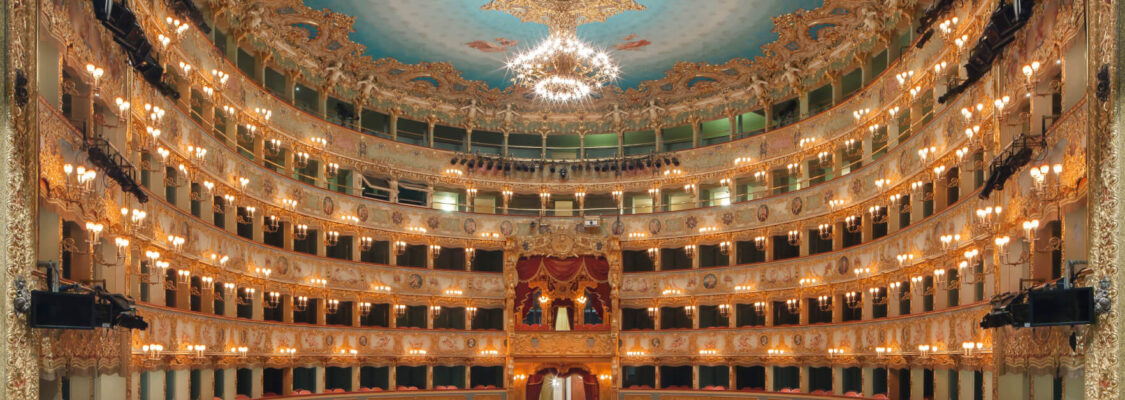There are two concerts scheduled for this spring with the Hungarian Radio Symphony Orchestra: on 17 April in the prestigious Grand Hall at the Liszt Academy and on 25 April at the Müpa Béla Bartók National Concert Hall.
The first programme includes the 5 Études-tableaux by Rachmaninov, the Trittico Botticelliano by Respighi and Pictures at an Exhibition by Mussorgsky-Ravel. I chose compositions in which the initial creative imagination does honour to the composer but also to the orchestrator who has made it his own by turning it into a symphonic version. This happened with the Études-tableaux, arranged by the composer Rachmaninov himself and with the masterpiece shared in equal measure by Mussorgsky and Ravel. The former created the wonderful Pictures with Promenade while the latter, in composing the well-known orchestral versions and uniting the extraordinary creative potential of both, showed the importance of drawing inspiration from the creativity of others. The Trittico botticelliano by Ottorino Respighi sits comfortably between these two works. It was created by the composer from Bologna for a smaller orchestra that was able to “paint” Botticelli’s lyricism with intimism and in fine detail.
On 25 April, once again at the Müpa, I will conduct a programme full of interesting “Italian-style” contributions, consisting of the Notturno Op. 70 n. 1 by Martucci, the Rhapsody on a Theme of Paganini Op. 43 by Rachmaninov and of Aus Italien Op. 16 by Richard Strauss. This programme opens with the elegant lyricism of Martucci’s Notturno, which expresses a musical taste free from the formal splendour of German symphonic works, yet perfect in structure (this Notturno too is the composer’s transcription of a piano piece). Following this, comes the Rhapsody on a Theme of Paganini Op. 43 for piano and orchestra, which is one of the last compositions by Rachmaninov and one of the best-loved, most frequently cited of the Russian composer’s greatly loved works for piano and orchestra. This highly virtuoso work, which begins with the theme from the first Capriccio by Paganini, following its inspiration as it develops with a series of variations, has been entrusted to the virtuoso flair and great talent of Hungarian pianist Gergely Kovács. To end, the “symphonic fantasy” Aus Italien, composed by Richard Strauss in 1886, at the dawn of the change in form of German symphonic work that the composer was to bring about at the end of the 1800s. This is one of the reasons why Aus Italien is so important in the creative life of Strauss, who already exploited the colours and virtuosity of the orchestra with mastery and, with this fantasy, started making use of his uniquely personal symphonic style, which was to throw open the doors to the 1900s


